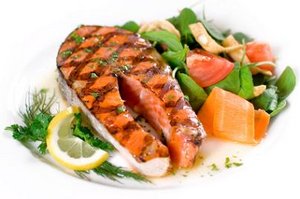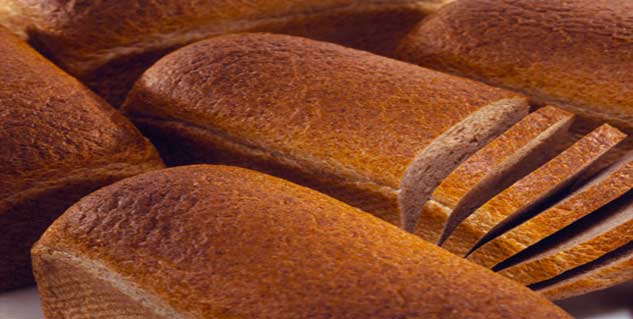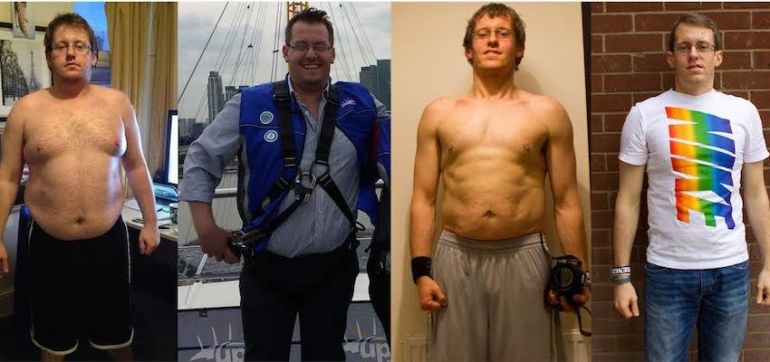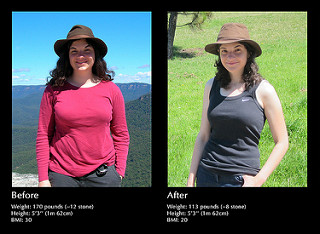5 Ways To Make Sure Your Workout Is Helping You Lose Weight
Working out and building strength is a wonderful thing. As you grow stronger, you will build metabolism-boosting muscle and see greater definition throughout your body. But, recent research suggests that building strength can also lead to a reduction in the number of calories you burn during a workout!
For the study, published in Current Biology, the researchers examined 300 men and women, their activity levels and the number of calories they burned during the course of a day. They found that the moderately active participants burned, on average, 200 more calories a day than the most sedentary ones. That likely doesn’t come as much of a surprise. What is surprising, however, is that the most active participants didn’t burn any more calories than the moderately active ones!
This is bad news for anyone who hopes spending hours at the gym will burn more calories! What happens is your body adapts and becomes good at the movements, meaning it doesn’t require the same energy expenditure. “Think about your job. When you first started, there were some learning curves, it took more energy and more time, but you became more efficient,” says California-based trainer Mike Donavanik, CSCS. “Exercise works the same way. Your body adapts to a specific demand. So you naturally become more efficient, and use less energy [aka calories] to meet that demand.”
What’s the point in even exercising? Well, you are still more likely to lose fat through diet AND exercise than through diet alone.
If you follow these 5 rules, your sweat sessions will help you get closer to your weight loss goals!
1. Get FITT
FIIT stands for, frequency, intensity, time and type. These factors determine the amount of stress you place on your body during a workout. Changing one of these factors will surprise your body and challenge it in a new way! If your body is being forced to adapt to progressively challenging workouts, it will burn more calories during all workouts. When your body gets used to what you are doing, it will plateau. “Look to change one to two of these variables every 4 to 6 weeks and you’ll keep losing weight,” Donavanik says.
2. And HIIT
“High-intensity interval training is the way to go,” Donavanik says. The Human Performance Laboratory at the University of Wisconsin–La Crosse conducted a study in 2013 and found that people who performed a 20-minute HIIT workout burned 15 calories per minute which is about twice as many calories as they burned during long runs. HIIT workouts also provide you with something called the “afterburn” effect. Doing steady-state cardio will not get you an afterburn. “So instead of burning 250 calories from your 30-minute session, you can burn up to 40 more throughout the next day or so as your body recovers,” says Donavanik. Here’s how to do it: go all out for 20 seconds, rest for 10 seconds and repeat in this way until you’ve hit 4 minutes. Take a rest for one minute, then start again. Complete a total of four rounds.
5 Ways To Make Sure Your Workout Is Helping You Lose Weight Click To Tweet3. Prioritize Clean Eating
“If you don’t pay attention to your diet, you can work out every day as hard as you possibly can and not lose a single pound if your calories expended are equal to your calories consumed,” says Donavanik. Eating poorly can also make your workouts feel much more difficult. You may think you are pushing yourself as hard as you can, but Donavanik says that isn’t likely the case. As you’ve probably already figured out, workouts that come in below max effort burn fewer calories. Focus on limiting your sugar intake and increasing your consumption of lean protein, healthy fats, and whole carbs from fruits, vegetables, and whole grains.
4. Pick Up Some Weights
The more muscle you have, the more calories you will burn. One pound of fat burns two calories per day while one pound of muscle burns six. Not only does muscle burn more calories, it takes up less space on your body, making you look and feel trimmer.
5. Don’t Forget To Fuel
While no two bodies are going to function exactly the same, a study published in Sports Medicine, found that eating carbs before a workout improves performance for both HIIT and endurance workouts. The better your performance, the more calories you are likely to burn. After your workout, Donavanik recommends eating a meal that consists of 40% protein, 40% carbs and 20% fat. This particular combination of foods will help your muscles recover, boost your energy levels and have you burning more calories while your body repairs.
If you’d like to apply the principles of HIIT training to your workouts, you should have a look at the BodyRock Bootcamps. Offered at both a Beginner and Intermediate level, these bootcamps will transform your life. Each workout lasts between 10-12 minutes in length, meaning you can easily fit them into your day! Both programs offer a new workout, delivered directly to your inbox, each day for 30 days. The best part, the Bootcamps are absolutely free. You will get the expertise of our trainers at no cost to you. Lisa and Edith will sweat right along with you in the real time workouts, offering encouragement every step of the way. Get the most from your training and sign up for the Beginner Bootcamp here and the Intermediate Bootcamp here.
How do you maximize your workouts for weight loss?
Source: Prevention
-
Is Diet Confusion Stopping You From Losing Weight
Diet advice ? a million ?experts?, hundreds of snake-oil miracle pills
-
Counting Calories and Weight Loss
Many people fret upon the idea of having to count calories in thei
-
Why Having A Weight Loss Plan Make Sense
America is now in the middle of a health
-
Information Regarding Irregular Loss of Weight
Aberrant weight loss can be very dangero
-
Diet, Obesity and Weight Management Information
Part 1 of 9 - What is Obesity? How you
-
Why Hypnotherapy For Weight Loss Produces Lasting Results
Losing weight is something that unfortun
- DON'T MISS
- Tips On Weight Loss
- Get Fit In 12 Minutes With Your Body Weight & A Jump Rope
- A Strong Body Makes Weight Loss Easier
- New Alli Weight Loss Product - Dr Tim Johnsons Secret
- Poor Diet and Nutritional Facts
- Is Taxation the Answer to Obesity and Successful Weight Loss?
- A Big Belly Puts You At Risk for Dying
- Discover more close to Healthy Diet
- Put Some Spring in Your Step--How to Revitalize your Body and Soul this Season
- Atkins Diet Secrets




